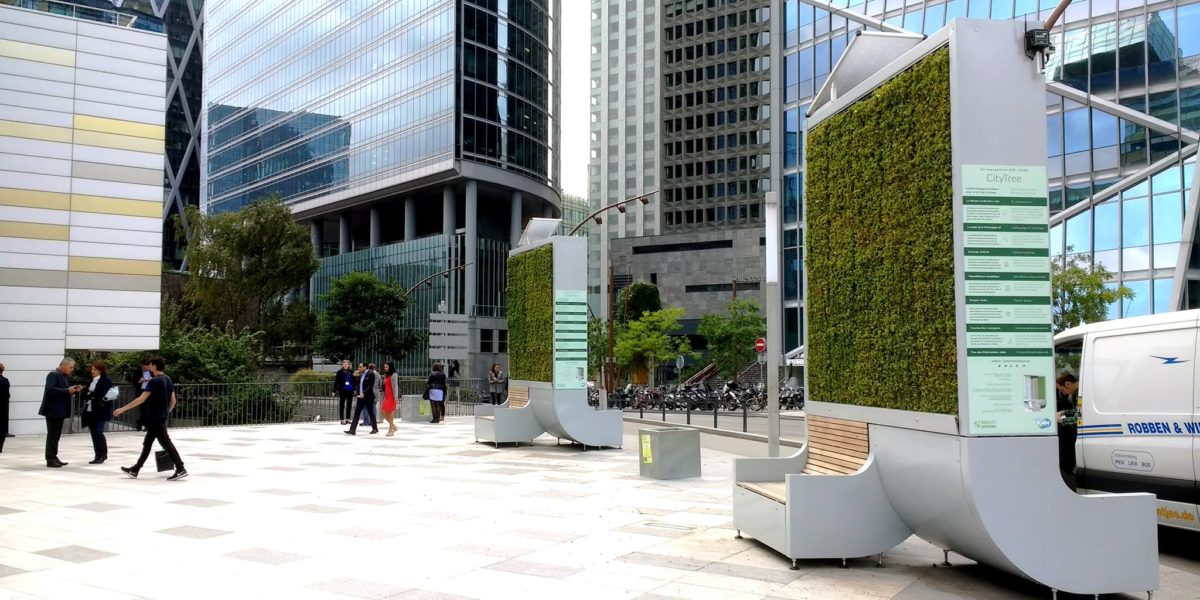
Artificial Trees Could Save Us All
Science fiction or a real-life solution to climate change? Artificial trees guzzle carbon dioxide like Mountain Dew, and climate scientists are telling us it’s time to think outside the boxwood
About a decade ago, reports began to surface of new research on how “forests” of artificial trees could have the potential to alleviate some carbon from the atmosphere. How much? Adding 100,000 of the artificial trees to the world’s cities could hoover our global carbon load in just a decade or two.
The lead author on the report, Dr. Tom Fox at Institution of Mechanical Engineers in London, warned that it’s no silver bullet—this shouldn’t be seen as green light to wanton consumption and waste, and we’re definitely not talking about any old fake houseplants here. But overall, the study offered a glimmer of hope that a real weapon against climate change could finally be on the horizon. And finally, it is daybreak: London has just added three new city trees to its permanent urban landscape. These moss-filled towers absorb pollutants and convert them to air. Even higher tech, more efficient artificial trees are being piloted around the world, like this one in Darmstadt, Hessen, Germany.
So why use artificial trees, when we have the real thing all around us? Trees naturally capture carbon dioxide, and combined with solar energy, create carbohydrates in a process we all know as photosynthesis. They do it rather efficiently, too; the problem is that they don’t do it fast enough or at a great enough volume to get us all out of this climate disaster alone. That’s where artificial trees come in: much like a car is faster and more powerful than a horse (while essentially accomplishing the same task), faux trees gather CO2 as the air passes over their filament-like “leaves” as well as carbon monoxide (to be converted to clean synthetic fuel instead of carbohydrates), and release oxygen.
One of the leaders in this research is right here in the West, at Arizona State University. Though their artificial trees don’t have the leafy look of those in London, Klaus Lackner, the director of ASU’s Center for Negative Carbon Emissions, has devised ways to not just capture these carbon emissions, but to turn them into liquid fuel. The CNCE is currently teaming up with the Ira A. Fulton Schools of Engineering in devising research programs to optimize the design of these Direct Air Capture collectors.
Another researcher at Georgia Tech, Chris Jones, is piloting a program in California with 600 of his brick-like carbon harvesters to ingest somewhere around 1,000 tons of carbon annually. His artificial tree works like the catalytic converter in your car but absorbs carbon dioxide instead of carbon monoxide.
Stay tuned—these fake plastic trees could turn into real promises.

